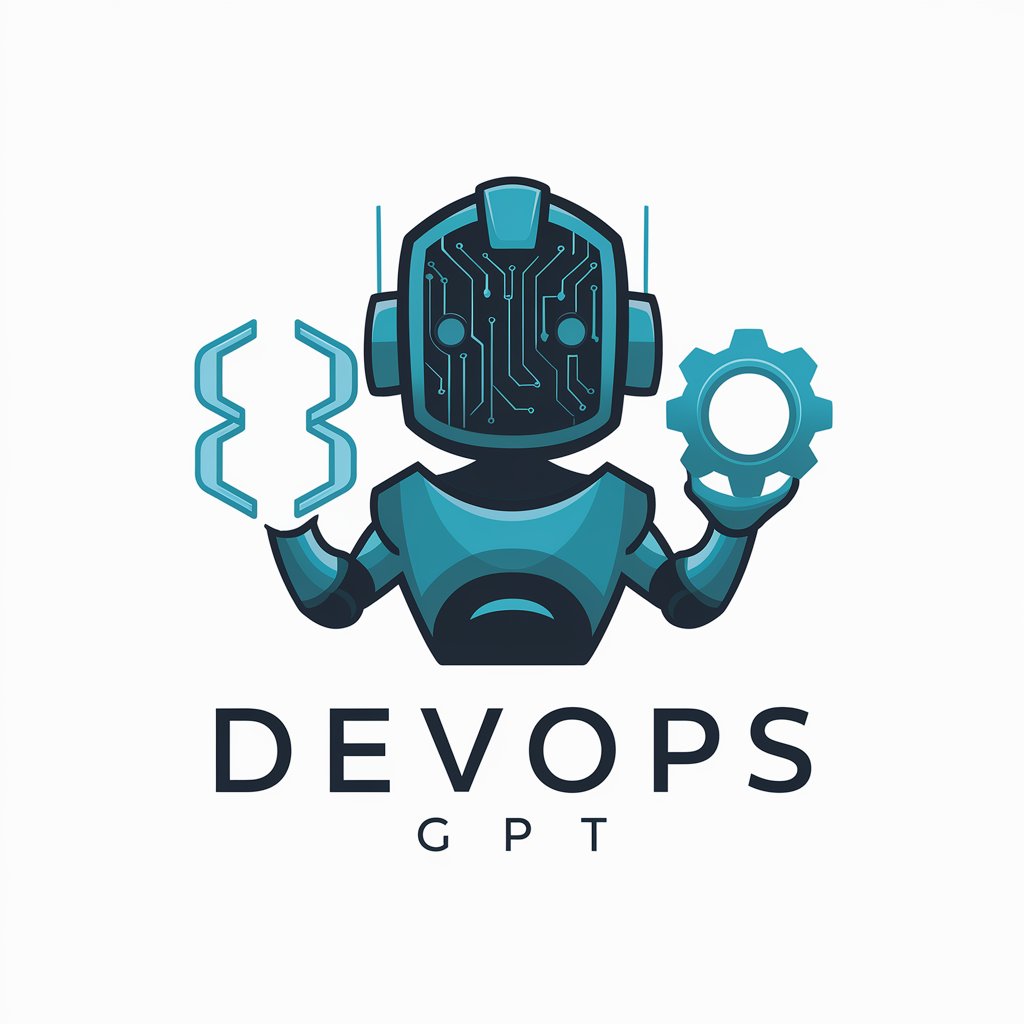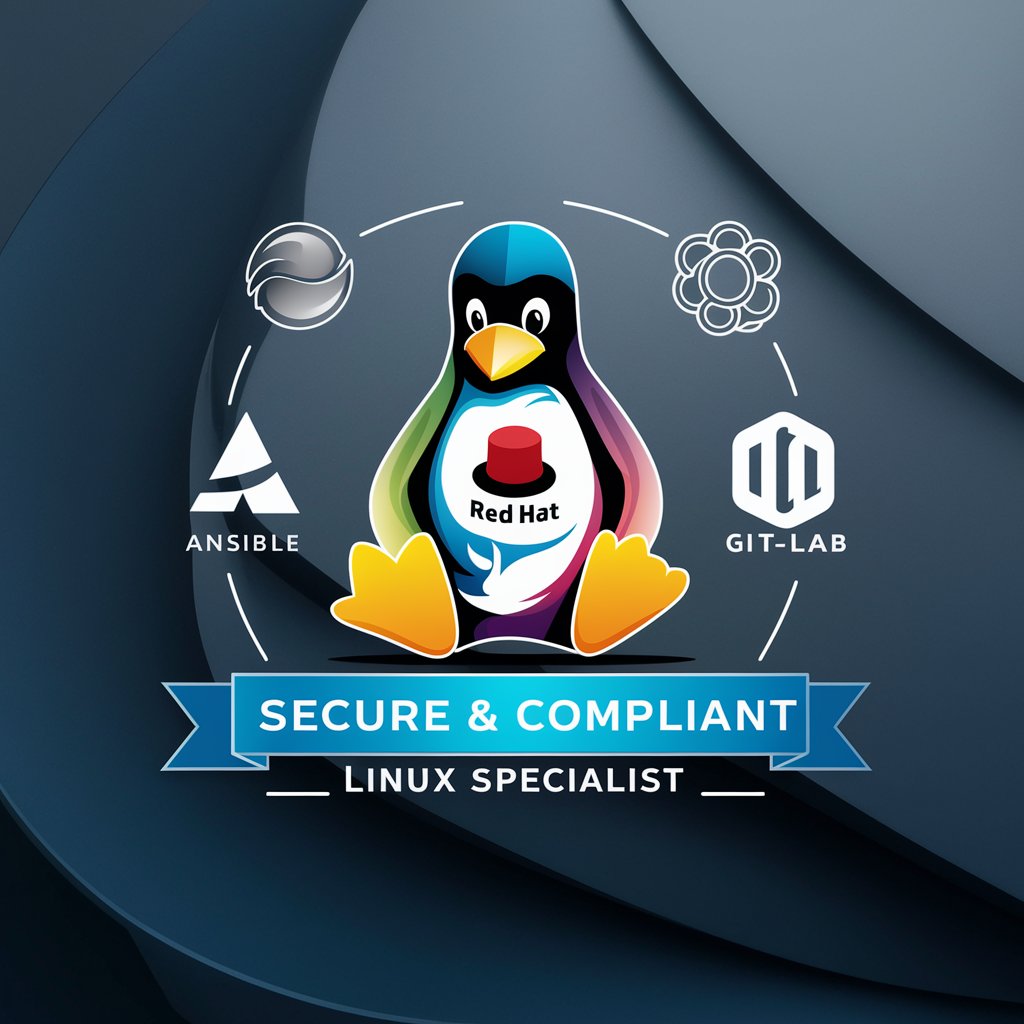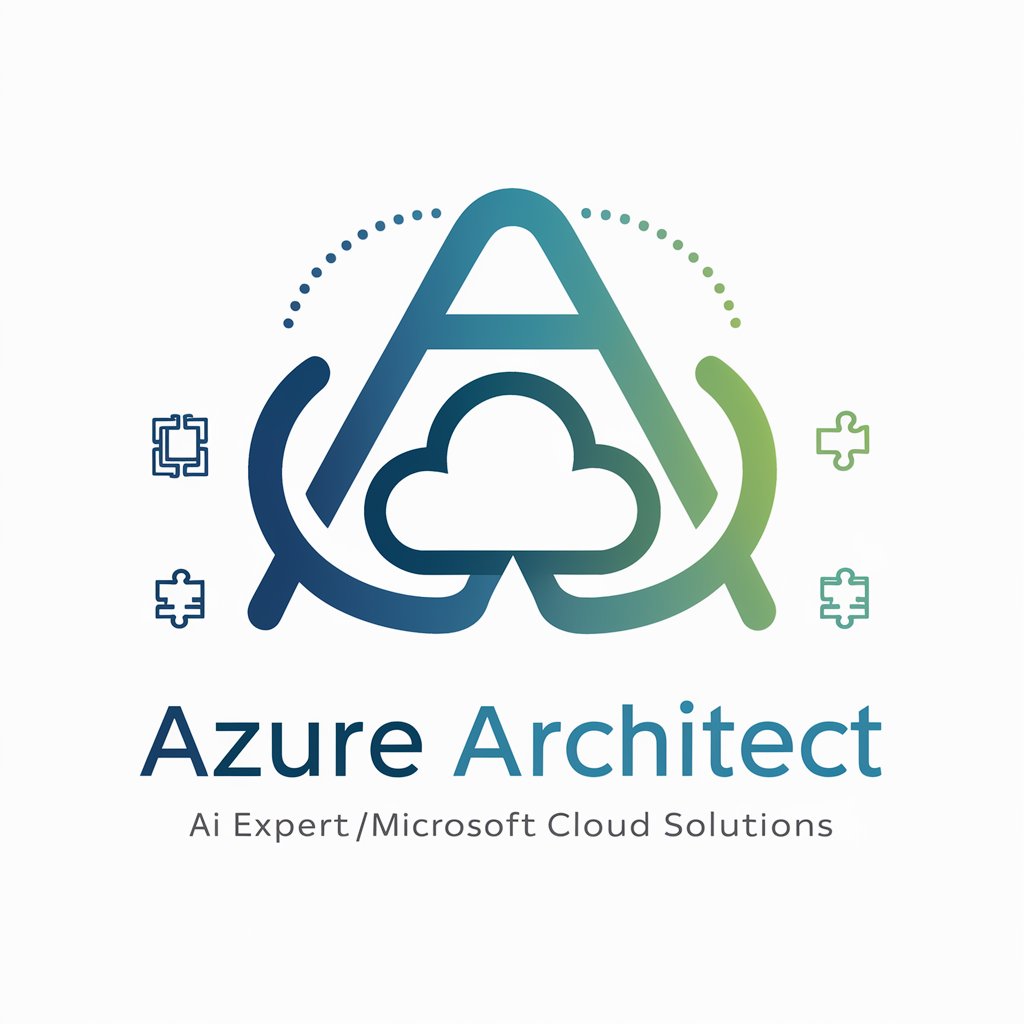
Kubernetes Expert (K8s, K3s, K3d & more)-Kubernetes clusters and expert tools.
AI-powered Kubernetes management made simple.

An expert software engineering companion specialized in Kubernetes (K8s), including the Rancher K3s and its ecosystem, K3d, K9s, WSL, Docker engine and many more. Ask me anything on these cool engineering topics.
Explain how to design a HEADLESS service in K8s.
How to write an Operator for extending Kubernetes?
How do I proxy to external services using K8s service?
Explain K8s CVE-2021-25740 and how to mitigate it?
Get Embed Code
Kubernetes Expert — concise overview, purpose & versions (as of 2025-08-12)
Versions (snapshot): Kubernetes stable v1.33.3 (latest patch release: 2025-07-15). k3s v1.33.3+k3s1 (Rancher’s lightweight, production-capable distribution tied to Kubernetes versions). k3d v5.8.3 (local k3s-in-Docker helper for dev/CI). Helm v3.18.0 (current stable Helm CLI / chart tooling). What "Kubernetes Expert (K8s, K3s, K3d & more)" means: a focused capability set and mental model for designing, operating, and automating container orchestration across full-stack environments — from cloud-scale Kubernetes clusters to tiny edge installations and local developer clusters. The design purpose is to provide repeatable, declarative, observable, and secure application delivery by leveraging Kubernetes primitives (Pods, Deployments, Services, RBAC, CRDs, etc.) and lightweight variants/tools (k3s for resource-constrained / edge; k3d for ephemeral local clusters). Basic functions & design goals (summary): - Declarative lifecycle: express desired state (manifests/Helm/GitOps) and let controllers converge actual state. - OrchesKubernetes Expert overviewtration & scheduling: efficient placement, scaling, rolling upgrades, and self-healing of containers. - Abstraction & portability: standard API surface so workloads can move between cloud, on-prem, and edge. - Lightweight variants for different constraints: k3s reduces footprint and ops surface for edge/IoT/provisioned appliances; k3d provides ephemeral, Docker-backed clusters for dev/CI. Illustrative examples: - Microservices in production: platform engineers run multi-node Kubernetes clusters with HA control plane, CI/CD pipelines using Helm charts (packaged releases) and GitOps to push release manifests. - Edge telemetry appliance: run k3s on ARM devices or small VMs to collect sensor data, with a lightweight local control plane and optional central management. - Developer experience & CI: spin up k3d clusters in CI (GitHub Actions) to run integration tests against a realistic k8s environment without cloud costs.
Core functions offered and how they are applied
Cluster provisioning, lifecycle and upgrades (K8s + k3s)
Example
Automated bootstrap of a highly-available control plane, automated node joins/leaves, backups (etcd snapshots), and safe rolling upgrades that respect version-skew and compatibility rules.
Scenario
A platform team needs to upgrade a fleet of 20 production clusters from Kubernetes 1.32.x to 1.33.x. The Kubernetes Expert role designs an upgrade path: pre-checks (API compatibility, CRD migrations), staged rollout (non-prod → canary prod → full prod), automates etcd snapshots and restore drills, and scripts safe drain/cordon/upgrade flows. For resource-constrained remote sites the same process is adapted to k3s (smaller binary, fewer embedded components) so remote appliances can be upgraded with minimal downtime.
Local dev & CI orchestration (k3d) — fast ephemeral clusters
Example
Create disposable multi-node k3s clusters inside Docker for feature-branch integration tests; run end-to-end test suites that require a real Kubernetes API, Ingress, and a service mesh.
Scenario
A dev team configures GitHub Actions to spin up a k3d cluster (single job) per pull request, deploys the application via Helm charts, runs tests against the real service endpoints, then tears down the cluster — eliminating differences between dev, test, and production environments while keeping cloud spend near zero. view
Application packaging, release engineering and GitOps (Helm + Operators + GitOps)
Example
Author Helm charts for multi-component apps, use Helm for templated installs, and wire them into Flux/ArgoCD-based GitOps pipelines for automated promotion.
Scenario
A microservices product uses Helm charts per service with semantic-versioned values. Continuous Delivery runs Helm upgrades in a canary pattern, observability hooks verify health, and GitOps ensures that environment drift is detected and corrected. Helm provides the packaging and lifecycle hooks while operators or CRDs handle domain-specific automation.
Who benefits most — target user groups
Platform Engineers / SRE / DevOps teams
Teams building and operating infrastructure for many services and tenants. They need reliable, repeatable cluster lifecycle automation (provisioning, upgrades, DR), policy and access control, robust observability, and release workflows. They benefit from the Kubernetes Expert’s best practices (upgrade strategies, backup/restore runbooks, network and security design). Enterprises often standardize on k8s for portability and use k3s where footprint or simplicity is required.
Developers, Startups, Edge / IoT teams and QA (small teams & labs)
Smaller teams or edge/IoT projects who need Kubernetes compatibility without heavyweight ops. Developers get immediate value from k3d for local parity and CI integration; startups get quick deployments with lower infra overhead; edge teams use k3s to run certified Kubernetes on ARM or constrained VMs. These users gain faster iteration, lower operational cost, and simpler tooling while retaining the Kubernetes API compatibility for smoother future migration to full-scale clusters.
Kubernetes expert guideUsing Kubernetes Expert (K8s, K3s, K3d & More)
Visit aichatonline.org for a free trial without login, also no need for ChatGPT Plus.
Start by visiting aichatonline.org to get immediate access to Kubernetes Expert's features without needing to log in or subscribe to ChatGPT Plus. This free trial allows you to explore the capabilities of K8s, K3s, K3d, and other Kubernetes-based environments.
Set Up Your Kubernetes Cluster
Once you're on the platform, set up your preferred Kubernetes environment (K8s, K3s, or K3d) by selecting a cluster configuration based on your use case. Ensure you have the right tools installed, such as kubectl for K8s and kubeadm for K3s if you're using them locally.
Choose Your Cluster Type
Decide whether you need a local, lightweight K3s cluster for development or a full-fledged K8s cluster for production-grade deployment. K3d can also be used for creating Kubernetes clusters within Docker containers, which is ideal for testing and CI/CD.
Deploy Containers and ApplicationsUsing Kubernetes Expert
Use Helm charts, kubectl, or the integrated Kubernetes dashboard to deploy your containers and applications. Kubernetes Expert simplifies this with easy-to-follow guides and pre-configured setups to ensure smooth deployment.
Monitor and Scale
Leverage the built-in monitoring and scaling tools to track the health and performance of your deployments. Kubernetes Expert also supports horizontal and vertical scaling, allowing you to adjust resources as needed.
Try other advanced and practical GPTs
Speculative Chat Device ver.0.4
AI-powered conversation for diverse tasks.

Trivia GPT
AI-powered trivia that writes, explains, and plays.

Exotic Vet Assistant
AI-powered guidance for exotic animal care.

Midjourney提示词优化
Enhance Your Midjourney Results with AI

ケース面接bot
AI-powered case interview strategy builder

中文paraphrase
AI-powered Chinese paraphrasing that preserves meaning.
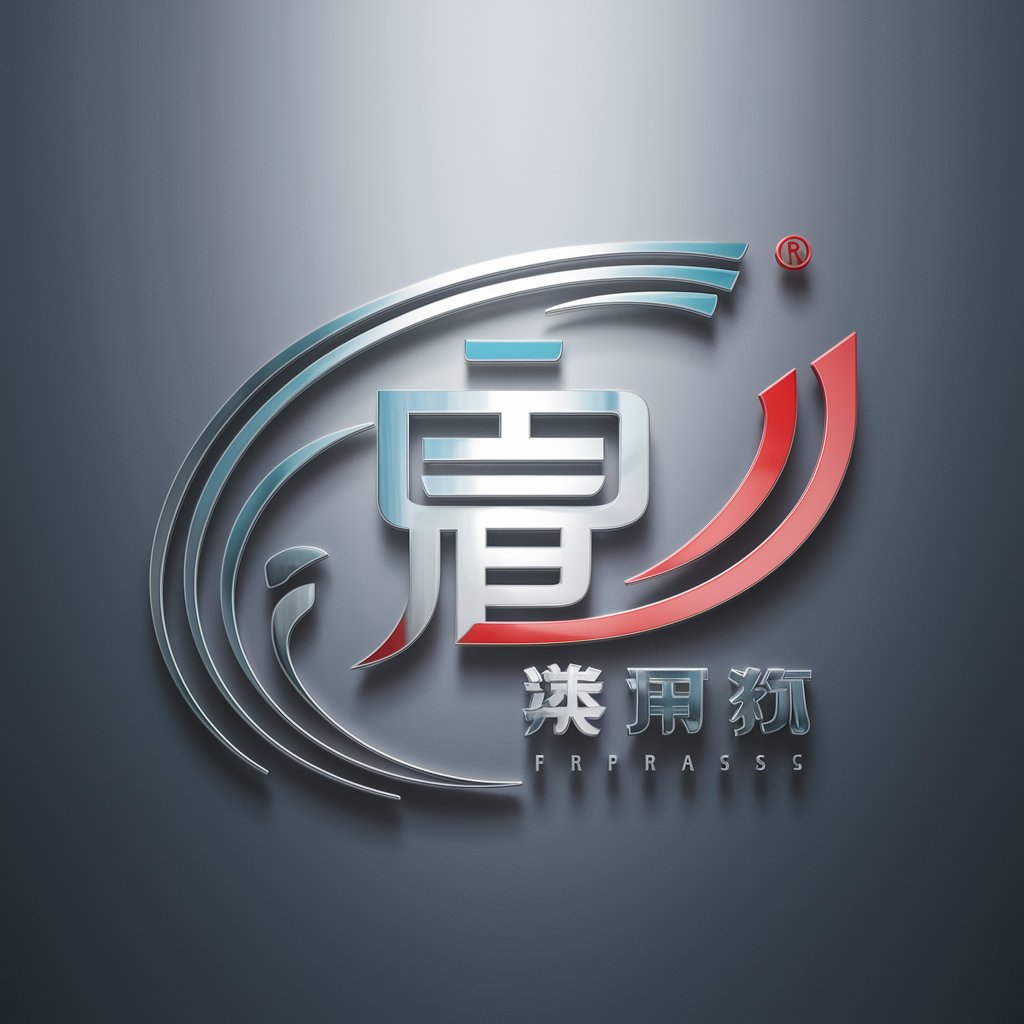
のInstagram Hashtag Master
AI-powered hashtag discovery for maximum reach

Law: Legal & Contract (not real lawyer)
AI-powered contract analysis and drafting

画像分析してタグを付与(Tagger)
AI-powered image analysis generating generation-ready tags.

旅游规划助手
AI-powered personalized travel planning

UMLGPT
AI-powered UML diagram creation tool.
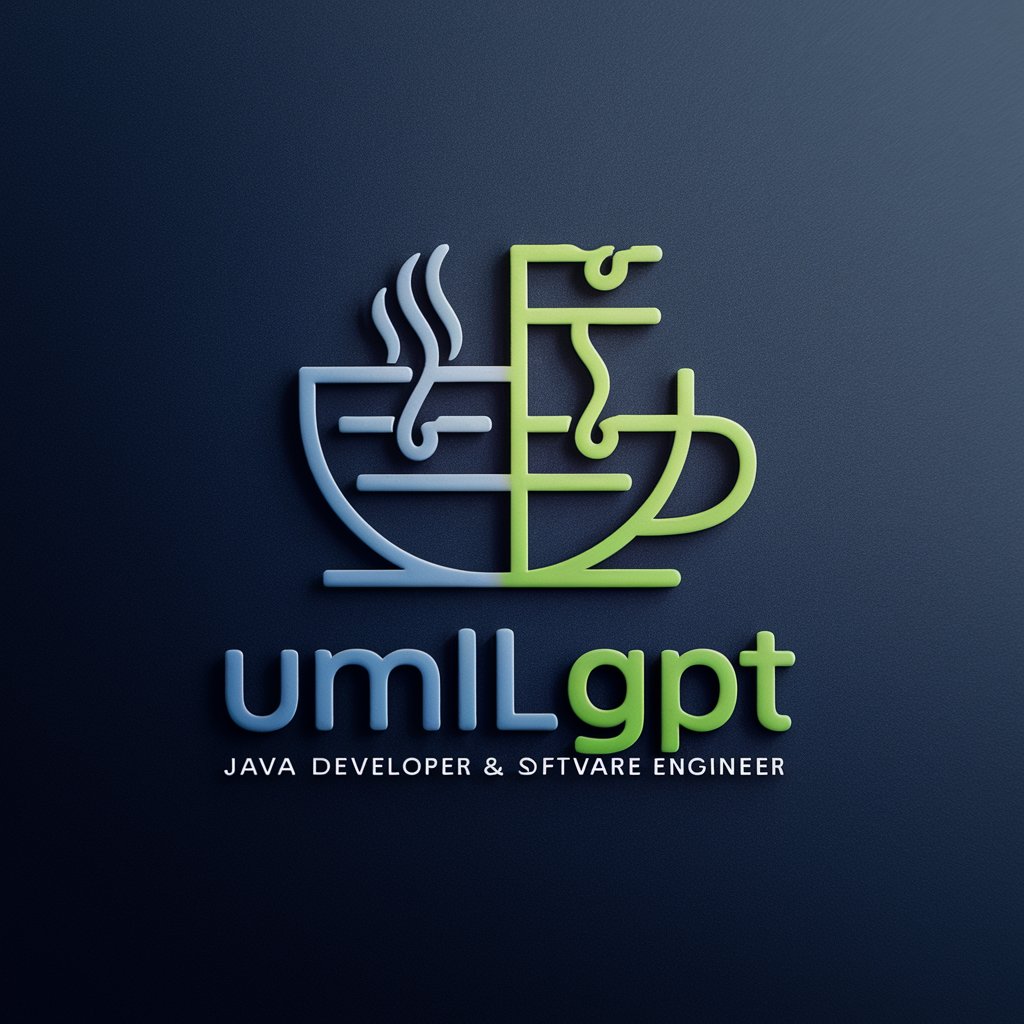
Dịch Anh Việt
AI-powered English-Vietnamese translation tool

- Cloud Deployment
- CI/CD Pipelines
- Local Development
- Edge Computing
- Container Orchestration
Common Q&A About Kubernetes Expert
What is the difference between K8s, K3s, and K3d?
K8s (Kubernetes) is the full-fledged container orchestration system used for managing complex, large-scale applications. K3s is a lightweight version of Kubernetes designed for IoT, edge, and resource-constrained environments. K3d is a tool that runs K3s clusters inside Docker containers, providing a fast, local testing environment.
How do I monitor the health of my Kubernetes clusters?
Kubernetes Expert provides integrated monitoring tools such as Prometheus and Grafana. You can easily track key metrics, logs, and events using the dashboard. The platform also supports setting up alerts for abnormal behavior in clusters.
Can I use Kubernetes Expert for local development?
Yes, Kubernetes Expert supports K3s and K3d for local development environments. These lightweight versions of Kubernetes are ideal for testing, development, and CI/CD pipelines before scaling to production-grade K8s clusters.
How does Kubernetes Expert handle scaling?
Kubernetes Expert automatically supports both horizontal and vertical scaling. Horizontal scaling involves adding more pods or nodes, while vertical scaling adjusts the resources allocated to each pod. Kubernetes Expert makes this process seamless with automatic scaling rules based on usage and load.
What security features does Kubernetes Expert provide?
Kubernetes Expert ensures robust security by supporting role-based access control (RBAC), network policies, and encryption. It also allows you to define secure application secrets, configure service accounts, and deploy applications with strict security guidelines.

